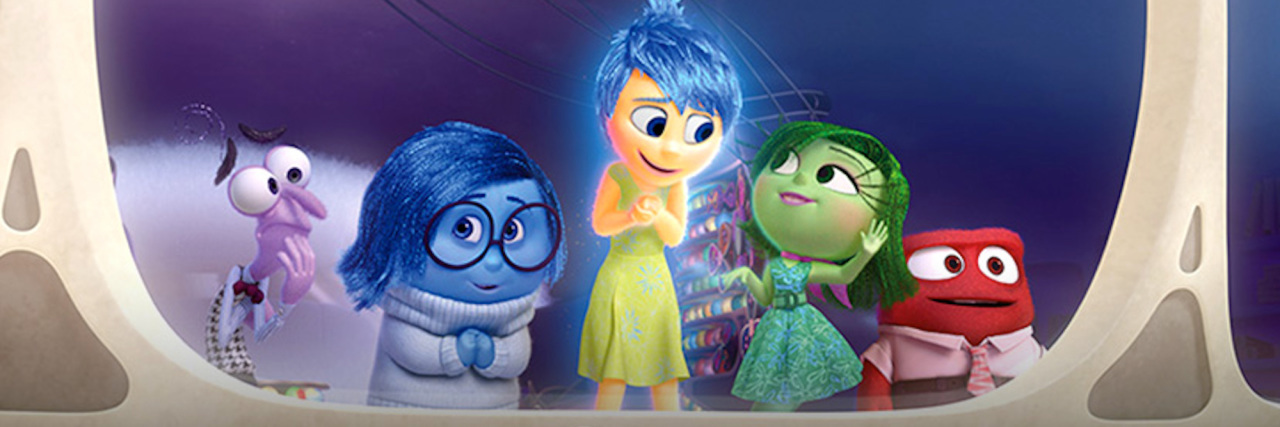I’ve written a lot about how I think that “human connection” is the ultimate good in life. There are lots of ways we can form genuine human connection with humans: story telling, jokes and laughter, intellectual debate. But, I think the most important way to connect with humans is the one most often overlooked and the one so many people frequently shy away from — empathy.
There’s a scene in “Inside Out” — a children’s movie about a little girl named Riley and her emotions — where Bing Bong, Riley’s childhood imaginary friend, is crying. You can watch the clip below:
As you can see, the first to try to help Bing Bong is Joy. She is, up to this point, the protagonist of the story. She is the happy emotion, the one responsible for most of Riley’s actions and memories. The way she tries to deal with Bing Bong’s sadness is the way most people respond to someone else’s sadness — by trying to make it go away. People often make jokes, try to change the subject, try to bring up happy memories, feeling so uncomfortable being around someone else’s sadness. People will do anything to make the other person just stop feeling sadness, as sadness is an emotion most people think is a bad emotion to feel.
Now, Joy’s attempt at changing Bing Bong’s sadness does not work. So instead, Sadness comes up to take care of Bing Bong. Sadness’s character in the movie is the “Debbie Downer,” and is the emotion every other character tries to keep Riley from experiencing. When Bing Bong is sad, Sadness does what she does best and actually acknowledges the fact he is sad. She goes up to him, and confronts the sadness for what it is. Instead of ignoring it, she validates his sadness by being sad with him.
This is the difference between the emotions of sympathy and empathy. I believe the core emotion of sympathy is happiness — or an attempt to make someone else’s sadness go away by bringing happiness to them. The core of empathy is sadness — an acknowledgement of the other person’s feelings as valid and the ability to feel their sadness and join in with them. This is an important emotion to feel and important way to really connect with humans that so many people are missing in their lives.
Depression has forced me to learn how to be comfortable with the feeling of sadness, and in that, it has actually brought a lot of joy into my life through the form of foraging more genuine human connections with other people. Now, when other people around me are sad — something we cannot escape — instead of trying to make them happy, I have learned how to more deeply empathize with them by allowing myself to feel some of their sadness and by learning how to truly confront such an uncomfortable emotion.
One of my favorite professors used to always say we need to “get comfortable being uncomfortable.” She used to talk about this in the form of public speaking but, I think it carries over to learning how to feel sadness. Sadness is an emotion I have learned to welcome as I recognize the importance of sadness: empathy. Being sad is a way to connect with other people and it’s an emotion we all need to learn how to feel and express more.
So, let’s all learn how to get comfortable in the discomfort of sadness and maybe we can end up spreading just a little more love in this world.
We want to hear your story. Become a Mighty contributor here.
Photo via “Inside Out” Facebook page.

